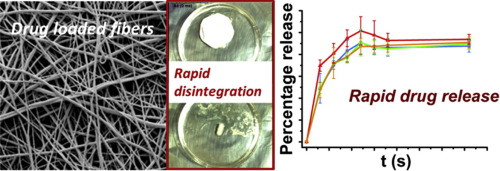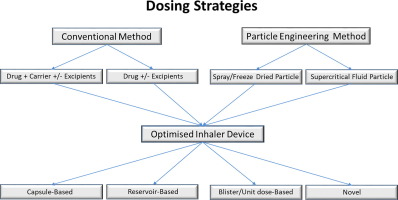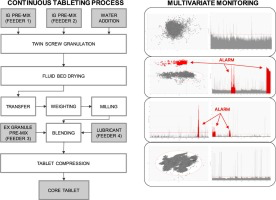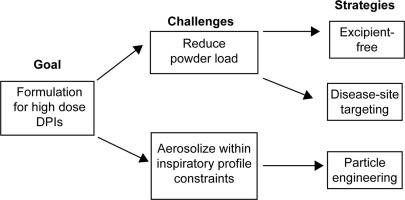- Home
- Blog
- News
- Basics
- Sources
- Agencies, Regulatory & Organisations
- CERSI Excipients Browser
- Excipient Report
- Excipient DMF List
- EXCiPACT Certified Companies
- Excipient Documentation
- Excipient EINECS Numbers
- Excipient E-Numbers
- FDA Inactive Ingredient List
- FDA GRAS Substances (SCOGS) Database
- IPEC Americas
- USP - U.S. Pharmacopeia
- Definitions
- Whitepapers / Publications
- Supplier
- Services
- Media
- Events
- 1st pharmaexcipients Poster Award
- Event Calendar
- Events featured by pharma-excipients
- 4th Annual Formulation & Drug Delivery Congress
- DDF Summit
- ExcipientFest Americas
- ExcipientFest Asia
- Global CompliancePanel
- International Conference and Exhibition on Pharmaceutics & Novel Drug Delivery Systems
- Formulation & Drug Delivery USA Congress
- Laboratory Medicine 2018
- Making Pharmaceuticals Europe
- Making Pharmaceuticals Exhibition
- Pharma Integrates
- PharmaExcipients China @CPhI China
- TTC Technology Training Center
- Jobs
- Online Sourcing
- Contact
15. August 2018
Increasing numbers of elderly people require multi-drug therapies. One route to improve adherence rates is to prepare fixed dose combinations (FDCs), in which multiple active ingredients are loaded into a single formulation. Here, we report the use of electrospinning to prepare fast-dissolving oral FDCs containing amlodipine besylate and valsartan, two drugs prescribed as FDCs for the treatment of hypertension. Electrospun fibers were prepared loaded with one or both drugs, using...
07. July 2018
The pulmonary route of administration has been commonly used for local lung conditions such as asthma and chronic obstructive pulmonary disease (COPD). Recently, with the advent of new technologies available for both formulation and device design, molecules usually delivered at high doses, such as antibiotics and insulin to treat cystic fibrosis (CF) and diabetes, respectively, can now be delivered by inhalation as a dry powder. These molecules are generally delivered in milligrams instead of...
16. June 2018
The pharmaceutical industry is undergoing a significant change in product development and manufacturing strategies with the progressive shift from batch to continuous processes. These typically feature vast volumes of data generated by the numerous sensors connected to several unit operations running over the period of several hours or even days and that demand the application of increasingly efficient tools for process understanding, monitoring and control. This paper describes the use of...
04. June 2018
The selection of the excipient(s) for a tablet formulation should take into account the API properties, process, target formulation and potential impact on the formulation. Some of those API properties can be Dose Particle Size Flow Properties Bulk Density Moisture Content Hygroscopicity Excipient Compatibility Compactability The following tables show some possible impacts on the tablet formulation and considerations to take into account. Pharmaexcipients.com thanks Fred Monsuur, Grace for the...
23. May 2018
Delivery of drugs to the lungs via dry powder inhaler (DPI) is a promising approach for the treatment of both local pulmonary conditions and systemic diseases. Though DPIs are widely used for the pulmonary deposition of potent bronchodilators, anticholinergics, and corticosteroids, there is growing interest in the utilization of this delivery system for the administration of high drug doses to the lungs, as made evident by recent regulatory approvals for anti-microbial, anti-viral and osmotic...
15. April 2018
This study was performed to investigate how increasing the active pharmaceutical ingredient (API) content within a formulation affects the dispersion of particles and the aerosol performance efficiency of a carrier based dry powder inhalable (DPI) formulation, using a custom dry powder inhaler (DPI) development rig. Methods Five formulations with varying concentrations of API beclomethasone dipropionate (BDP) between 1% and 30% (w/w) were formulated as a multi-component carrier system...
24. April 2017
Abstract Personalized medicine is an important treatment approach for diseases like cancer with high intrasubject variability. In this framework, printing is one of the most promising methods since it permits dose and geometry adjustment of the final product. With this study, a combination product consisting of anticancer (paclitaxel) and antiviral (cidofovir) drugs was manufactured by inkjet printing onto adhesive film for local treatment of cervical cancers as a result of HPV infection....
22. April 2017
Abstract Mini-tablets have potential applications as a flexible drug delivery tool in addition to their generally perceived use as multi-particulates. That is, mini-tablets could provide flexibility in dose finding studies and/or allow for combination therapies in the clinic. Moreover, mini-tablets with well controlled quality attributes could be a prudent choice for administering solid dosage forms as a single unit or composite of multiple mini-tablets in patient populations with swallowing...
09. February 2017
Abstract The effects of propellant type, cosolvent content, and air humidity on the morphology and solid phase of the particles produced from solution pressurized metered dose inhalers containing the corticosteroid beclomethasone dipropionate were investigated. The active ingredient was dissolved in the HFA propellants 134a and 227ea with varying levels of the cosolvent ethanol and filled into pressurized metered dose inhalers. Inhalers were actuated into an evaporation chamber under controlled...
07. February 2017
Abstract Enteric-coated fixed-dose combinations of ezetimibe and lovastatin were prepared by fluid bed coating aiming to avoid the acidic conversion of lovastatin to its hydroxyacid derivative. In a two-step process, sucrose beads were layered with a glass solution of ezetimibe, lovastatin and Soluplus®, top-coated with an enteric layer. The impact of different bead size, enteric polymers (Eudragit L100® and Eudragit L100-55®) and coating time was investigated. Samples were evaluated by...







